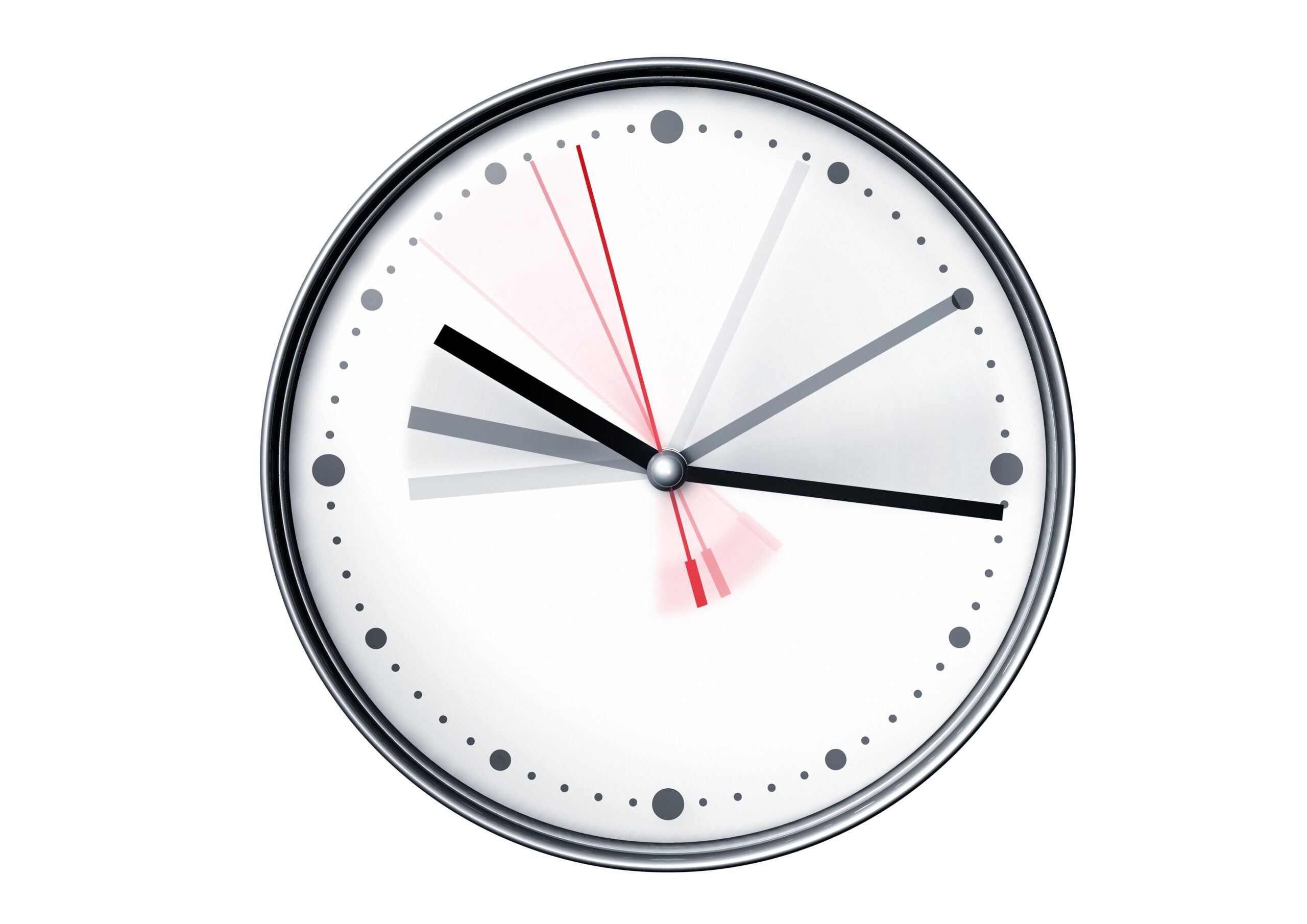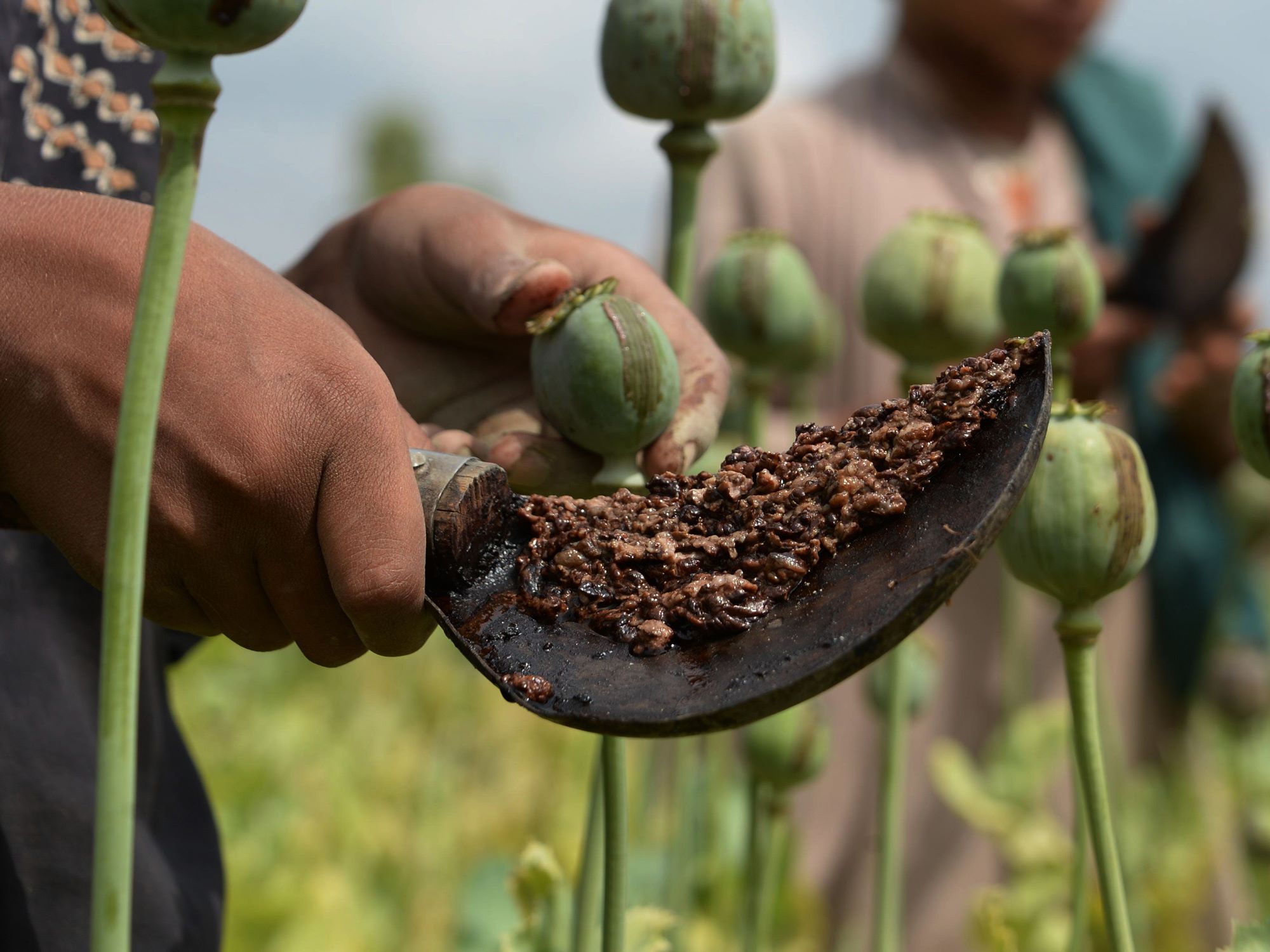DIY Pimple Patch Guide: Make Effective Acne Solutions at Home
Introduction: The Rise of DIY Pimple Patches
Pimple patches have surged in popularity because they offer a discreet, effective, and easy way to tackle acne spots. Traditionally, these small adhesive patches contain ingredients that absorb pus, oil, and help reduce redness. While many commercial options are available, making DIY pimple patches at home is a cost-effective solution that can deliver similar benefits using accessible materials and dermatologist-recommended methods. This guide provides comprehensive, step-by-step instructions, explores alternative approaches, and addresses common concerns for anyone looking to create DIY pimple patches.
Understanding Pimple Patch Technology
Commercial pimple patches typically use hydrocolloid -a material that absorbs moisture and pus from pimples while protecting the area from bacteria and external irritants. Some patches also include active ingredients like salicylic acid for exfoliation and micro-darts that deliver acne-fighting agents directly into the skin. Hydrocolloid’s effectiveness is widely recognized in wound care and dermatology, making it the preferred base for DIY solutions [3] .
Essential Materials for DIY Pimple Patches
Creating your own pimple patches doesn’t require specialized ingredients. The most reliable and effective method uses hydrocolloid bandages, which are available at most pharmacies. These bandages are designed for wound care but have the same properties as commercial acne patches. For those looking to enhance the effect, options like tea tree oil, green tea, and apple cider vinegar can be used with caution as spot treatments [3] .
Materials You’ll Need:
- Hydrocolloid bandages or pads (available at drugstores)
- Scissors (for custom sizing)
- Optional: Tea tree oil, apple cider vinegar, green tea
- Clean cotton swabs or pads
Step-by-Step Instructions: Making Hydrocolloid DIY Pimple Patches
Step 1: Acquire Hydrocolloid Pads
Purchase hydrocolloid pads or bandages from a reputable pharmacy or medical supply retailer. These are commonly sold for wound care and are safe for skin application [5] .
Step 2: Customize Your Patch Size
Using clean scissors, cut the hydrocolloid pad into small, circular patches sized to cover individual pimples. This allows for precise coverage, minimizes waste, and lets you tailor patches to your needs [5] .
Step 3: Cleanse and Dry the Skin
Wash your face with a gentle cleanser and pat the area dry. Avoid applying moisturizers or serums to the area where the patch will adhere, as they may reduce stickiness.
Step 4: Apply the Hydrocolloid Patch
Place the cut hydrocolloid patch directly on the pimple. Press gently to secure adhesion. Leave the patch on overnight or for 6-8 hours. The patch will absorb pus and oil, often turning white as it works [4] .
Step 5: Remove and Inspect
Gently peel off the patch. If the pimple has not fully healed, you may repeat the process with a new patch. Dispose of used patches responsibly.
Alternative DIY Spot Treatments
While hydrocolloid-based patches are the gold standard for DIY acne care, several other approaches may offer benefits-especially for mild breakouts or as adjunct treatments.
Tea Tree Oil Spot Treatment
Mix one part tea tree oil with eight parts water. Dab onto the pimple using a clean cotton swab. Tea tree oil has antibacterial properties but should always be diluted to prevent irritation [3] .
Green Tea Ice Cubes
Brew organic green tea, pour into an ice tray, and freeze. Apply a cube to inflamed pimples for a few seconds to reduce redness and swelling. Green tea is rich in antioxidants and soothes skin [3] .
Apple Cider Vinegar Compress
Mix equal parts apple cider vinegar and water. Soak a cotton pad and apply it as a compress for several minutes. Apple cider vinegar is acidic and may help reduce bacteria, but use with caution and never undiluted [2] .

Source: behance.net
Dermatologist-Endorsed Tips and Precautions
According to dermatologists, the most important factor in effective acne spot care is cleanliness and ingredient safety. Hydrocolloid patches are non-irritating and non-comedogenic, making them suitable for most skin types. Always patch-test new ingredients before applying to larger areas, and avoid essential oils or acids on broken skin [4] . For persistent acne, consult a board-certified dermatologist.
Real-World Application and Success Stories
DIY pimple patch tutorials have gained traction on platforms like TikTok and YouTube, where users share their experiences and results. Many report significant reductions in redness and inflammation overnight, particularly when using hydrocolloid patches [1] . Success depends on proper application and consistency. However, expectations should be realistic-while patches accelerate healing, they may not prevent future breakouts.
Troubleshooting and Alternatives
If DIY patches do not adhere well, ensure skin is fully dry and free from oils. For those with sensitive skin, opt for pure hydrocolloid without added actives. If irritation occurs, discontinue use and seek medical advice. Alternatives include over-the-counter pimple patches (look for “hydrocolloid” as the main ingredient), topical creams, or professional treatments.

Source: youtube.com
Accessing Materials and Further Guidance
Hydrocolloid bandages are widely available at stores such as Walgreens, CVS, Rite Aid, and major supermarkets. Ask a pharmacist for “hydrocolloid wound dressings” or “blister bandages.” For additional acne care advice, consult official dermatology organizations such as the American Academy of Dermatology (search “acne spot treatment” on their official site) or speak directly with a licensed skin care professional.
Key Takeaways
Making DIY pimple patches at home is an affordable, effective way to manage acne spots using hydrocolloid bandages and optional natural ingredients. Always prioritize safety, patch-test new treatments, and consult professionals if needed. With proper technique and materials, you can achieve results comparable to commercial products-saving money and customizing care to your unique skin needs.
References
- [1] TikTok (2025). How to Make Ur Own Pimple Patches.
- [2] YouTube (2022). DIY Patch For Acne I Step By Step.
- [3] Skincare by Alana (2025). 5 Overnight DIY Acne Spot Treatments and Products.
- [4] TikTok (2025). DIY Pimple Patch Hacks for Affordable Skin Care.
- [5] Instagram (2025). DIY Hydrocolloid Pimple Patch Hack.



